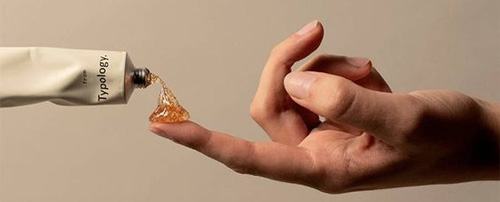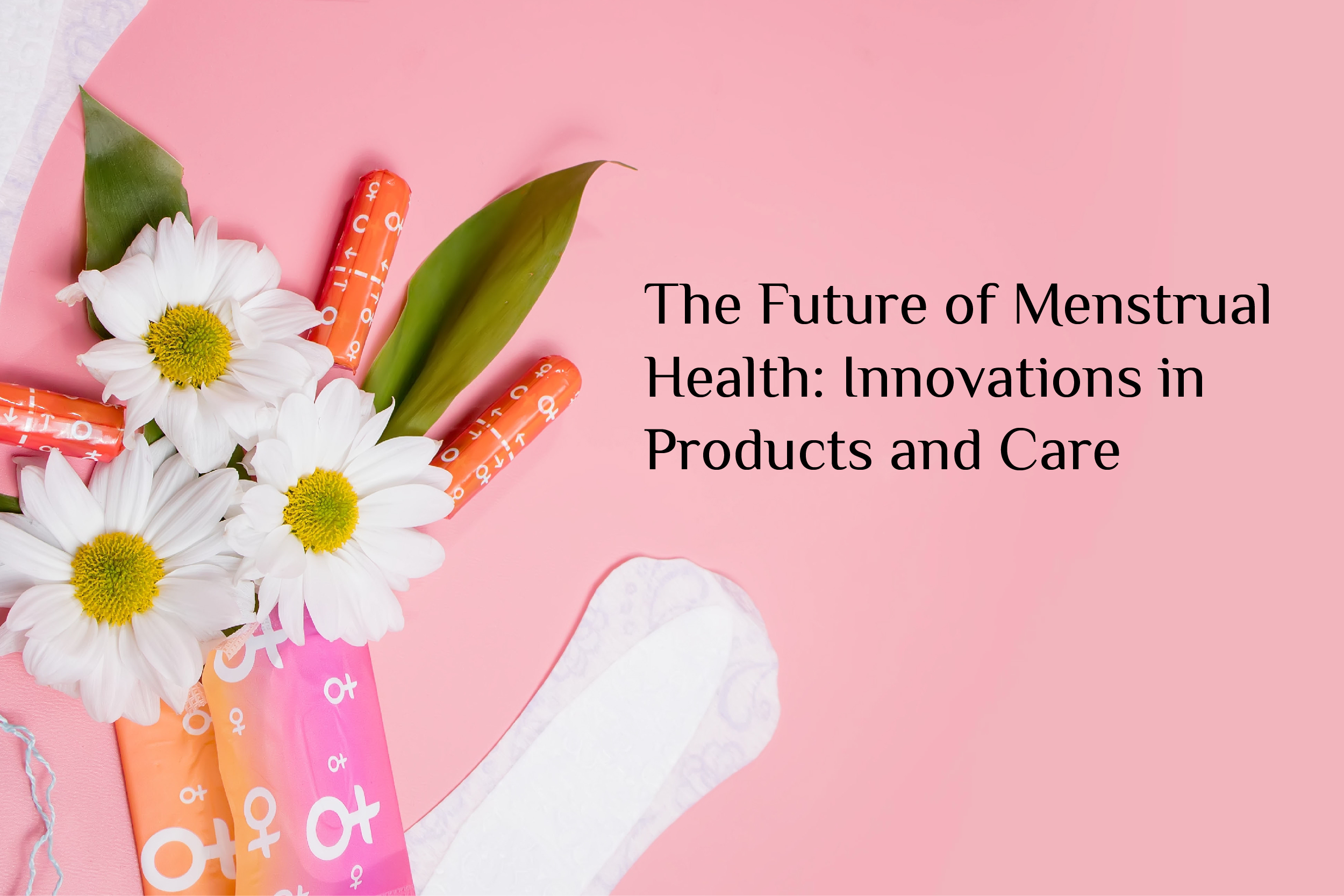Menstrual health encompasses a state of complete physical, mental, and social well-being about the menstrual cycle, and is not limited to the absence of disease or infirmity. Menstrual cycles vary from person to person, typically occurring every 21 to 35 days, with bleeding lasting between 2 to 7 days. In the initial years after menstruation starts, longer cycles are common, but as individuals age, cycles usually become shorter and more regular.
The future of menstrual health is evolving rapidly, driven by innovations in products, technology, and a broader focus on sustainable and personalized care. Key trends shaping the future of menstrual health include:
1. Sustainable Menstrual Products
Reusable Products: Products like menstrual cups, reusable pads, and period underwear are gaining popularity due to environmental concerns and cost-effectiveness. These items offer a sustainable alternative to traditional single-use pads and tampons.
Biodegradable Options: Brands are developing biodegradable tampons and pads made from organic cotton or plant-based materials to reduce environmental waste.
2. Personalized Period Care
Menstrual Tracking Apps: Advanced period-tracking apps use AI to predict menstrual cycles, fertility windows, and even health issues based on hormonal fluctuations. This personalized approach empowers women to manage their cycles more effectively.
Hormonal Data and Wearables: Some wearables now monitor hormonal changes, helping track cycles and related symptoms in real time, providing a more holistic view of menstrual health.
3. Period-Positive Education and Advocacy
Destigmatization: Societies are becoming more open to discussing menstrual health, and breaking taboos. This shift is fueling the development of educational campaigns and support systems that encourage better menstrual hygiene and self-care.
Policy Changes: Many countries are moving towards menstrual equity, with policies to provide free or subsidized period products in schools and public spaces. Scotland has already led the way in providing free products to all women.
4. Tech-Integrated Menstrual Health
Smart Menstrual Products: Innovations like Bluetooth-enabled menstrual cups track fluid volume, providing women with insights into their flow and alerting them when it’s time for a change.
Telehealth for Menstrual Issues: Telemedicine platforms are making it easier for women to consult with gynecologists and menstrual health specialists, particularly in remote areas, ensuring access to necessary care and consultations.
5. Innovations in Pain Relief
Non-invasive Devices: Wearable devices that provide heat therapy or electrical stimulation are being developed to help alleviate menstrual cramps, offering drug-free relief.
Menstrual Supplements: Advances in nutraceuticals are leading to the creation of specialized supplements designed to balance hormones and alleviate PMS or period-related discomfort.
6. Cultural and Gender-Inclusive Menstrual Products
Gender-Inclusive Products: More menstrual products are being designed with gender inclusivity in mind, recognizing the needs of transgender and non-binary individuals who menstruate, with gender-neutral packaging and marketing.
7. Menstrual Health and Mental Well-being
Mental Health Integration: Research is increasingly focusing on the link between menstrual health and mental well-being, promoting awareness of conditions like PMDD (Premenstrual Dysphoric Disorder). Innovations in mental health care specifically tailored to menstrual cycles are also emerging.
Conclusion
The future of menstrual health is about more than just products—it’s about creating a holistic, inclusive, and sustainable approach to care. Through advancements in technology, education, and policy, menstrual health is evolving into a space that prioritizes both physical and mental well-being.


